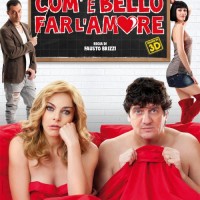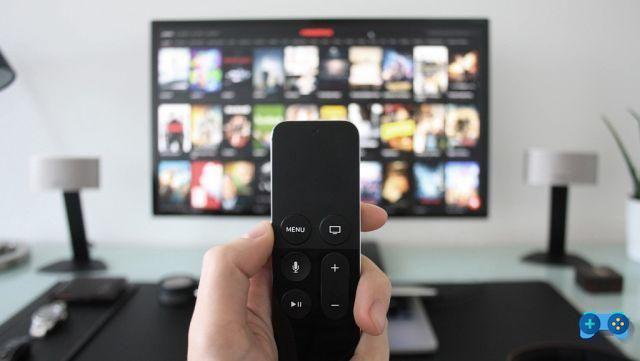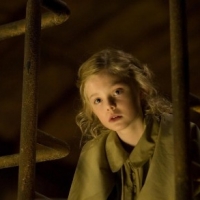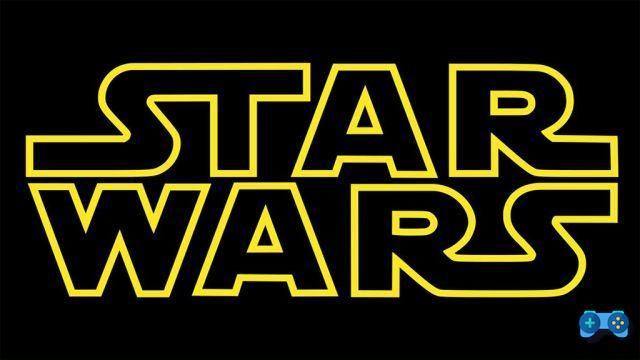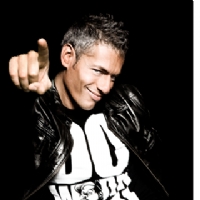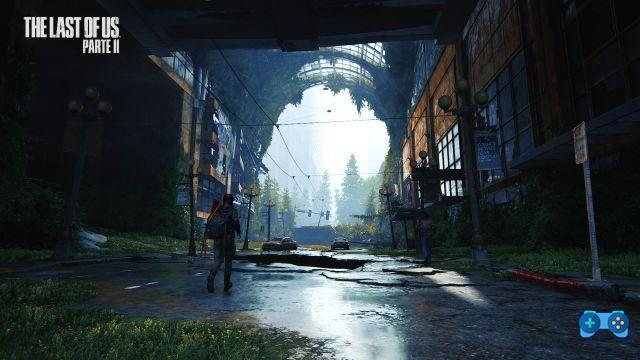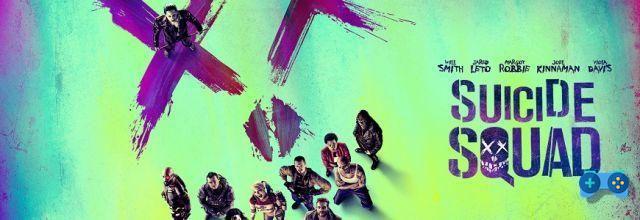
The release of No Time to Die, the latest film with Daniel Craig in the role of agent 007, was unfortunately postponed, from April to November. In light of this final chapter of the series, which will come later than expected, it seems the case with sum up on the cycle that saw him as a protagonist. A little for the sake of it and a little to deceive the long wait that awaits us before being able to attend this final show.
Beyond the chronic difficulty of production in finding a substitute, perhaps we need to deepen the impact that the British actor had on the character of Ian Fleming. We can certainly talk about the films that saw him as a protagonist as a re-foundation cycle of James Bond, and the re-adaptation of the secret agent to a more modern dimension.
From Pierce Brosnan to Daniel Craig
At the beginning of the new millennium, with the last appearance of Pierce Brosnan in the role of 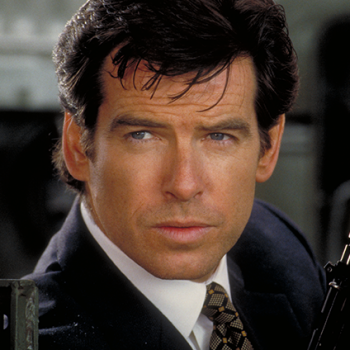 007 ended its four-film series. The actor had returned a character extremely loyal to the original version, so strongly linked to the interpretation of Sean Connery, which in the common imagination represents the first James Bond, although even before that there was Barry Nelson. With Brosnan, historical fans had found someone who more than anyone else resembled the original. For charm, for features, for a way of declining the typical humor of 007. It should also be said that all four films that between the 90s and early 2000s saw him as the protagonist followed the classic stylistic features spy movies. At the same time they also remained strongly anchored to everything James Bond has always been.
007 ended its four-film series. The actor had returned a character extremely loyal to the original version, so strongly linked to the interpretation of Sean Connery, which in the common imagination represents the first James Bond, although even before that there was Barry Nelson. With Brosnan, historical fans had found someone who more than anyone else resembled the original. For charm, for features, for a way of declining the typical humor of 007. It should also be said that all four films that between the 90s and early 2000s saw him as the protagonist followed the classic stylistic features spy movies. At the same time they also remained strongly anchored to everything James Bond has always been.
With the passing of the baton, the production made a courageous choice and wanted to partially detach itself from the imagery of the series. He did so first of all by choosing a profoundly different interpreter. Daniel Craig is as English as the previous James Bond ones were, but he expresses it a totally different masculinity. The Chester actor is a full-blown macho, who on the one hand shows off all his concentrate of muscles and smooth skin, on the other shows a thinner and sharper face, a clear complexion and an icy look. Both for physique and for facial features Daniel Craig departs not a little from the classic James Bond image.
Although this choice made many historical enthusiasts turn up their noses, 15 years later we can safely say that it was right and returned a version of the character suited to a younger audience, perhaps saving the series from a slow decline.
A different James Bond
It must be said, however, that not all credit goes to Daniel Craig. First of all, the production must be acknowledged for the choice to change the canons of 007 so strongly. But the desire to start over again must also be recognized. All the first film in particular, Casino Royale, serves to build the new James Bond on which the following chapters will then be based. And he is a different man than in the past. More human, weaker, more naive. Braggart and ironic as always, sure, but also more real and tangible than in the past. No longer a robot, a machine without feelings.
Already the opening scene of Casino Royale is a manifesto of the new 007, which changes its skin at the turn of the new millennium. The skilful alternation in that black and white scene between dialogue and action underlines a new violence for the series, not covered in previous films as much as in books. We see the agent brutally fighting with his bare hands in a public bathroom, substantially demolishing it. The grimaces of pain and fatigue to survive that deadly struggle are the symbol of a new James Bond and a new action cinema. The license to kill must be earned ...
In support of this strong opening, for the first time the famous one shot from the barrel of the gun it is contextualized, to further trace the detachment with the past. A touch of style not just.
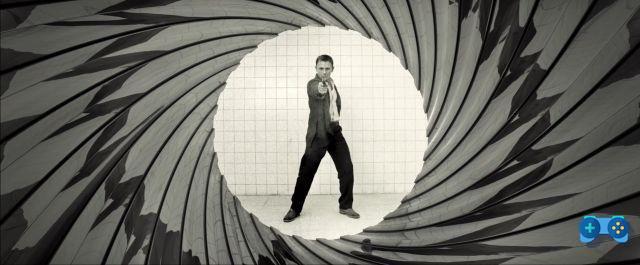
Similarly they have also changed the Bond girl who joined him, in particular that Eva Green who plays Vesper Lynd in Casino Royale. No longer simple aesthetic objects of pleasure, good or bad and extremely flat. In this cycle of films we have been able to admire much deeper female characters, more complex than in the past.
In reality, this last cycle on James Bond has actually chosen to treat female supporting actors differently. The only two true Bond Girls go far beyond joining the agent on a perilous adventure. In these two characters, and in the relationship with the protagonist, there is much more than a utilitarian and carnal relationship. In both cases, not only a feeling is born, but both come to leave an indelible mark in James Bond, which extends well beyond the limits of the beginning and end of the single film.
A peculiarity of the first 007 with Daniel Craig is the relative little action. Despite the opening scene we talked about earlier, and therooftop chase riding the parkour fashion that exploded in those years, this first chapter of the saga is very cerebral. In fact, the film focuses more on a long duel in poker, made up of bluffs and mind games, than on the actual action. In fact, it doesn't happen often in a 007 that the clash with the current antagonist takes place at a game table.
You also need to give due credit to a strong villain, played by a Mads Mikkelsen in very good shape who manages to return a cold and ruthless war banker, wisely fearful at the right moments. With the addition of those tears of blood, a touch of class that makes the character creepy and mysterious.
In addition, some directorial choices have specifically wanted flip the dynamics classic series. Just think of Daniel Craig who in more than one scene comes out of the water in the first film, how the camera lingers on him, much like what we saw with Halle Berry in Death Can Wait, just a few years earlier, to in turn, citation of the famous scene with Ursula Andress in License to Kill. A total reversal of the aesthetic relationship between man and woman, which also passes through the presence of the characters on stage.
In the shadow of Vesper
The second film, Quantum of Solace, definitely is the weakest of the Craig era and it is especially so because in fact it is a direct sequel. It is so much that it is difficult to follow in several places if you have not seen the previous one. But it is not the only one of the problems that afflict him.
The film is missing without a doubt of a thick antagonist. It must be said that it was not easy to reach the heights of Mads Mikkelsen in Casino Royale. Of him and above all of his character, so calculating and disturbing. Without detracting from Mathieu Amalric's acting performance, his Dominic Greeen fails 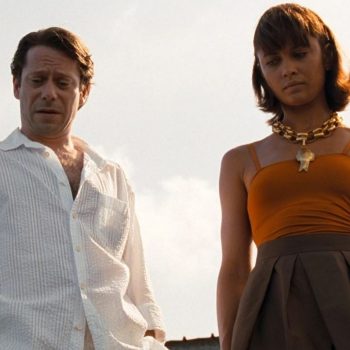 to affect and finally turns out to be a forgettable villain.
to affect and finally turns out to be a forgettable villain.
The other Quantum of Solace problem is related to female co-star. Of course it was difficult to replace Eva Green, but the beautiful Olga Kurylenko just can't take the scene as she should, despite her icy gaze. And despite being one of the rare cases of Bond girl who does not end up in bed with the British secret agent, a particularity that still adds depth to her character.
Before moving on, there is also a marked shift in favor of action scenes in the second film of Daniel Craig's cycle. Almost as opposed to the verbiage of Casino Royale, here we veered strongly towards the spectacularity of the scenes. Perhaps to the point of stuccoing the viewer ...
Change
It is with Skyfall that the definitive change of direction arrives and, in a certain sense, a qualitative leap. The third film with Daniel Craig as 007 is a revolution for the series. It is in practice, thanks to the arrival of Sam Mendes to direct, whose hand can be seen immediately, already from the first frames, but also in the philosophy behind the character.
At the same time there is also a radical change in the cast, which sees the return of Moneypenny with a new face, absent from Death Can Wait, the latest film with Pierce Brosnan. 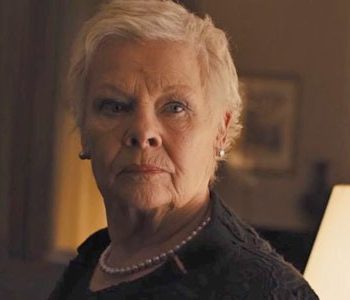 As well as the changing of the guard regarding the character of Q, who, after the brief interlude of John Cleese, greets the historic interpreter Desmond Llewelyn, who unfortunately passed away after fifty years of honorable service. And finally also with the now historic Judi Dench, who had played in seven 007 films the character of M, and that in Skyfall it passes the baton to Ralph Fiennes. In this case, the change of interpreter is well contextualized, so much so that it is a key element of the narrative plot.
As well as the changing of the guard regarding the character of Q, who, after the brief interlude of John Cleese, greets the historic interpreter Desmond Llewelyn, who unfortunately passed away after fifty years of honorable service. And finally also with the now historic Judi Dench, who had played in seven 007 films the character of M, and that in Skyfall it passes the baton to Ralph Fiennes. In this case, the change of interpreter is well contextualized, so much so that it is a key element of the narrative plot.
But still, Skyfall can boast an Oscar-winning actor as the antagonist, Javier Bardem, and the musical intro of Adele, in 2012 one of the most popular singers in the world. Finally we must also mention the absence of a real Bond girl, very rare event.
However, the third film with Daniel Craig represents a radical conceptual change as well. A feature film that poses 007 in the face of the advent of digital, questioning the very usefulness of old-fashioned espionage.
Interestingly, the initial chase in Istanbul seems to have strongly inspired Uncharted 4's chase in Madagascar, underlining a mutual exchange between cinema and video games.
Espionage that adapts to modernity
Skyfall is a film that plays a lot on the concept of "too old". It does this in reference to its key characters, Bond and M, but it is a clear reference to the long life of the successful series. For many perhaps too long. The film wants to emphasize, playing on the edge of the fourth wall, how the character can still say a lot, also thanks to his own modern reinterpretation, capable of attracting new ranks of young fans.
The references to previous James Bond films are innumerable, more or less easy to grasp, never too hidden. And so in the speech that continues to beat oninevitability of time and the new replacing the old, makes the fan service smile as "for his eyes only" or "moving target", in an exchange between Bond and Moneypenny.
Another interesting thing is that paradoxically, in a trick that deceives him 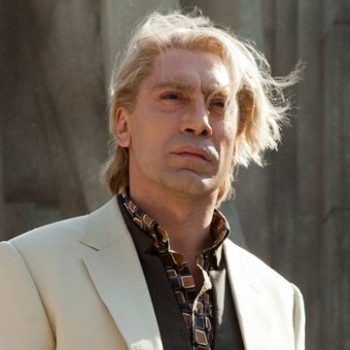 more distracted spectators, the James Bond who most of all rejuvenated the character shows himself how a traditionalist, compared to the times that advance, making it a source of pride at times.
more distracted spectators, the James Bond who most of all rejuvenated the character shows himself how a traditionalist, compared to the times that advance, making it a source of pride at times.
Skyfall also continuously plays with the concept of return understood as resurrection. He does this in reference to his protagonist and also his antagonist. A Javier Bardem who actually turns out an opaque reinterpretation of his Anton Chigurh in “No Country for Old Men” mixed with Nolan's Joker.
The origins and the end
Craig's third Bond film even goes so far as to reinvent and unveil part of 007's past, of its origins. His birthplace, where he came from, his parents' names and a traumatic event from the past that made him an orphan. Once again a move that takes away a veil of mystery from the vanishing agent, but makes it more human in the eyes of a modern audience.
The finale is an unusual "headquarters" defense situation that sees Bond trapped, cornered, and a series of quotes. To the series itself, of course, but also to the Apocalypse Now helicopters, accompanied however by a John Lee Hooker who knows so much about Blues Brothers. All this as a prelude to an epic final battle that is almost reminiscent of a cinecomic, or the ending of Django Unchained, a film of the same year.
An extreme chapter in its spectacularity, to the point of being perhaps tiring, in its excesses. but yet fundamental in evolution of this James Bond as much as Casino Royale. Not only for the many changes it brings with it, but also for the different tone compared to the previous two episodes, towards a maturity that in a certain sense finds its dimension in the last chapter, Specter.
Continuity
Sam Mendes returns to directing and, even here, you can already see it in the first scene: a very long one sequence shot in Mexico City in the Dia de los muertos that follows Bond and his escort dressed up for the occasion. The opening is masterful, of course, but it must be said that the years on Daniel Craig's face are beginning to be noticed, unfortunately.
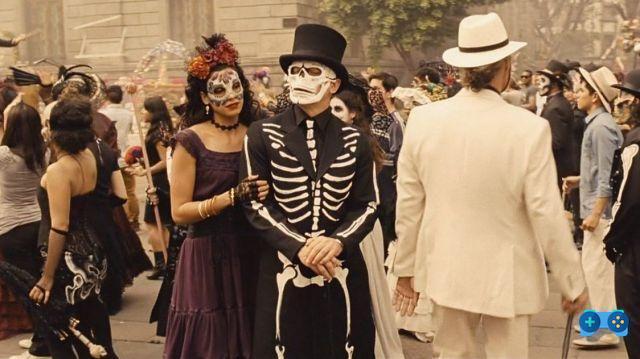
Already from the opening of Specter you can guess how the film wants to be a mosaic of all that this saga was. Once again the common thread that unites these four films is underlined, and the role of the latter as chiusura. A closure that in fact is not, given that we will soon see a new chapter of Daniel Craig as 007.
In many respects Specter it starts exactly from Skyfall. The theme of the new advances against the old that resists and cannot be put aside. Here the theme expands 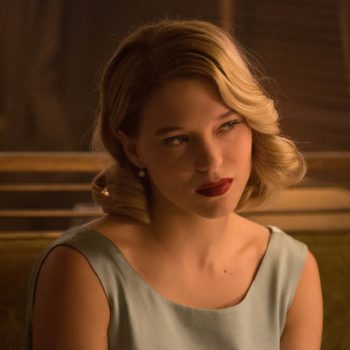 further, with a continuous generational comparison. First between Bond and Q and parallel between M (Ralph Fiennes) and C (Andrew Scott). Then between the wrinkles on Daniel Craig's face and the sharp face of Léa Seydoux, nearly 20 years younger. The difference is not only between the actors, but also between the characters played.
further, with a continuous generational comparison. First between Bond and Q and parallel between M (Ralph Fiennes) and C (Andrew Scott). Then between the wrinkles on Daniel Craig's face and the sharp face of Léa Seydoux, nearly 20 years younger. The difference is not only between the actors, but also between the characters played.
Dr. Madeleine Swan represents a certain type of bond girl, and it does it perfectly. The delicate flower, the kite circling in a hurricane, ready to let itself be tempted and protected by 007. But at the same time also a woman with hidden and surprising resources, capable of surprising on several occasions. Above all, capable of shaking James Bond from the ground up and overturn its certainties.
The puppeteer, a lost brother
Ghosts of the past also return in Specter, as in Skyfall. The historic M (Judi Dench), of course, and the posthumous mission entrusted to Bond, but also the family past of the protagonist who will be further revealed. An adoptive father and brother, lost and found. A man in the shadows, believed dead, who for years has nurtured r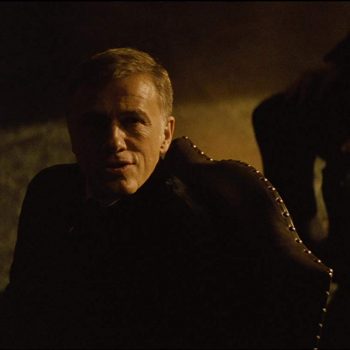 anchors and envy and has moved the ranks to hinder in every possible way the orphan who has stolen paternal affection from him.
anchors and envy and has moved the ranks to hinder in every possible way the orphan who has stolen paternal affection from him.
Cristoph Waltz, fresh from two Academy Awards for Best Supporting Actor, is used here in a character that is perhaps too flat, the villain par excellence. Perhaps this is why the actor fails to deliver the expected performance, but Specter's goal is also to evoke some kind of antagonism of Bondian memory. The great secret organization, the octopus that has crept its tentacles everywhere, with a head a cold and ruthless man, somehow connected to the hero for an epic confrontation that leads to a personal level.
In support of this we find two other classical archetypes of the narrative linked to the character, interpreted here by Monica Bellucci e Dave Bautista. On the one hand the handsome widow who lets herself be tempted by Bond, on the other hand the beefy executor, armed arm of an analytical and distant mind.
Specter also returns to recover the character of Mr. White, played by Jesper Christensen, now under the pseudonym of Pale King. Once again it is underlined a continuity that began in Casino Royale and arrived here, through a man who has always represented a capillary organization.
Technology and choices
And again we return to discuss what the future is and what it is not. Technology, surveillance, digital that advances and leaves behind what is obsolete. But Is James Bond Really Outdated? The answer is obvious, but it's how you get there that's important. And the fact that 007 is completely alone in this latest mission, abandoned by M and his subordinates to prevent that surveillance from knowing his movements, underlines how much the double 0 agents, and Bond in particular, are still fundamental. To espionage, of course, but above all to us fans.
On the other hand, in the comparison between Bond and the beautiful Madeleine it also comes out the theme of choice. For this 007, Daniel Craig's version, there seems to have never been one, so he claims at least. Doctor Swan instead chooses to shoot to save James Bond from the brute who was about to throw him off a train, contrary to his initial desire to stay out of it.
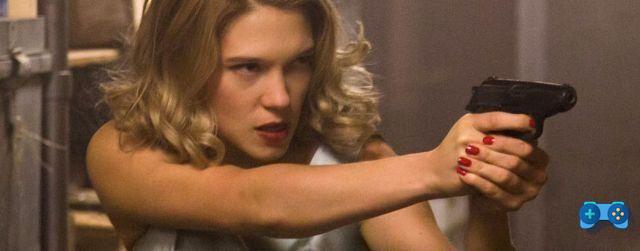
The kite in the blizzard actually appears to be very comfortable, and manages to leave a mark on the elusive agent's soul, giving him another chance. That heart broken by Vesper Lynd long ago and now shriveled can she go back to choosing (to love) thanks to a young and confident doctor?
Close the circle
Specter is basically the most classic 007 of Daniel Craig's cycle. It is so in the choice of the antagonist, played by a rather dull Christoph Waltz, but also in the rhythms, in the climaxes, in the twists and turns, in the clichés. Maybe too classic in a saga that has innovated so much, in practice as well as in intentions. Yet in its coldness it stands out for apathetic perfectiondespite the flaws. Without a doubt it closes the circle, with a clear final choice by the protagonist, redeemed by himself finally. Except that this circle will have to be reopened, with the film out.
One of the greatest merits of Daniel Craig's James Bond is to have created a saga within the series, which follows a continuous vein from start to finish, at least until now. And in this internal cycle the James Bond films have managed to touch and reinterpret almost the entire mythology of the character.
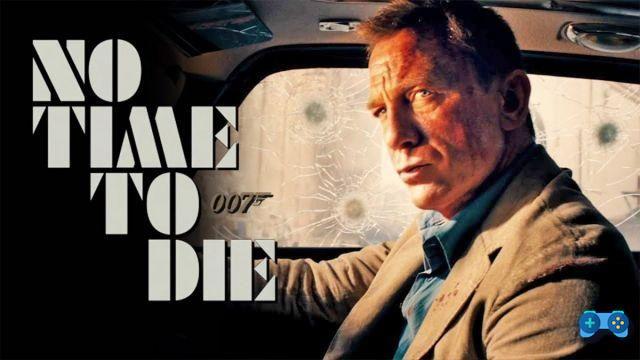
In short, the Daniel Craig saga has shown us various faces of 007. Yes and passed from more modern episodes to more classic ones, from more cerebral to more lively. All satisfying, more or less, all tastes. TO No Time to Die, a title that is simultaneously a counter-quote to the late Rutger Hauer and an oxymoron about Daniel Craig's imminent fate as 007, is the arduous task of giving a worthy conclusion to this long cycle, which seemed to have already found one in Specter. The story will be reopened, probably against the script of the 2015 film, and then closed just as worthily.
Furthermore, the demanding mission of this latest 007 is also to have within oneself the soul of all four of the above. It will have to be a summary, a sum of all that Daniel Craig's Bond has managed to be and represents for action cinematography. A film that we can't wait to see, hoping it will live up to the dizzying expectations.
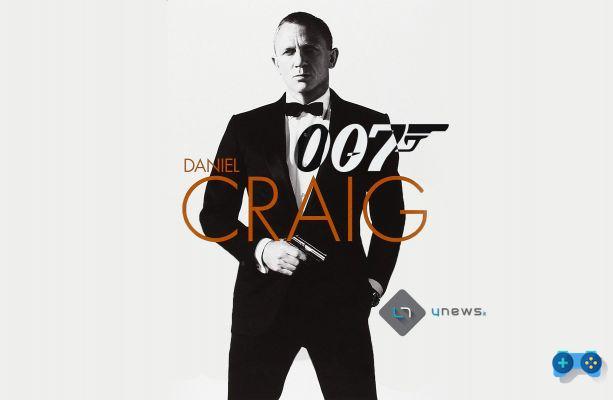





![Review Don't Open That Door (2003) [Blu-Ray]](/images/posts/06e0ab06cfb82682fac24c33461aeb7e-0.jpg)
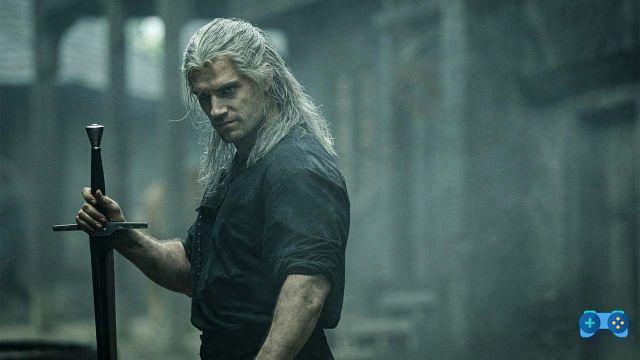
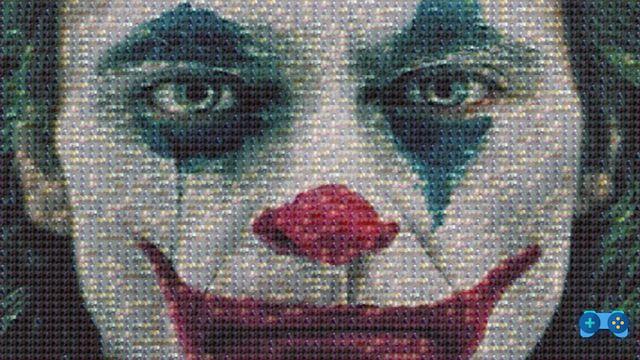
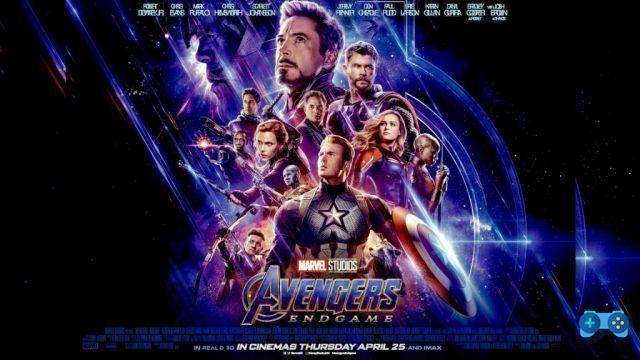
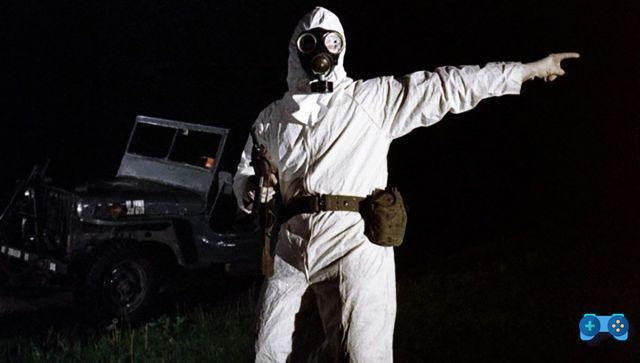

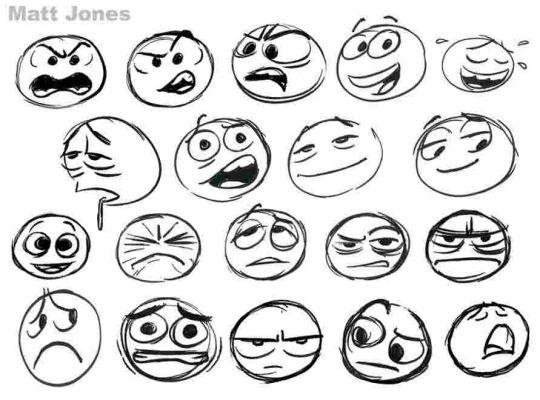
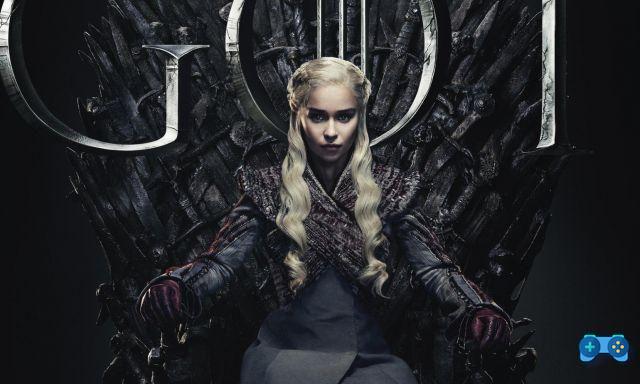

![Review The Incredible Story of Winter the Dolphin [Blu-Ray]](/images/posts/b4fa746d2da66d65d0d4af8bd0e7e075-0.jpg)

